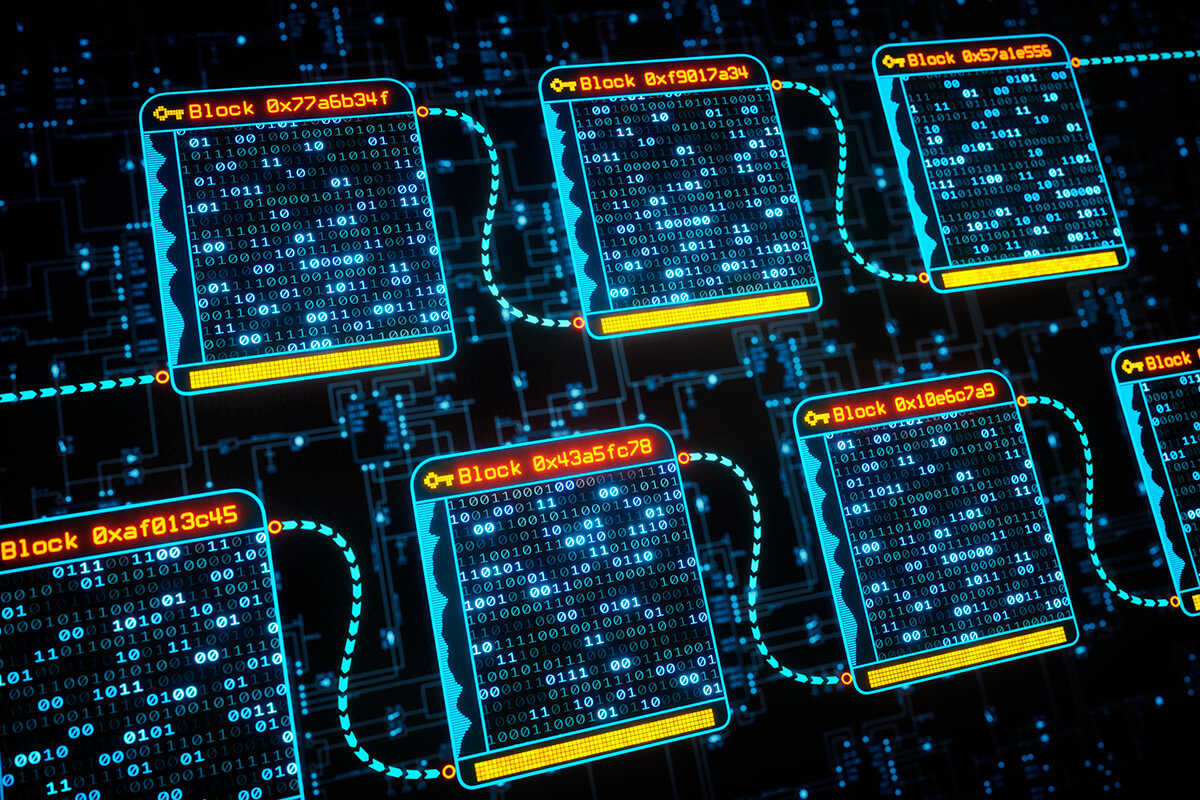This article is part of the MITB Thought Leadership Series published by the SMU School of Information Systems’ Master of IT in Business programme.
By Associate Professor Paul Griffin, SMU School of Information Systems
If you are in need of a reminder of the levels of hype surrounding blockchain, then look no further than Japan’s J-Pop sensation Kasotsuka Shojo, otherwise known as the Virtual Currency Girls who, with their debut track “The Moon and Cryptocurrencies and Me”, aim to educate fans about cryptocurrencies in an entertaining way.
Whether the track will be a one-hit-wonder remains to be seen—but with blockchain, certainly, levels of hype do appear to be tailing off.
So is this the end of blockchain? Have we witnessed a flash in the pan? Can we now all get back to real business? Well, no. Just because the new juggernaut hurtling towards us is a bit quieter, it doesn’t mean it’s not coming. But its shape is becoming clearer—the juggernaut is not cryptocurrency, it’s not actually blockchain—it is decentralisation. The decentralisation of data and business processes to be more precise.
What we have seen with cryptocurrencies, starting with bitcoin and the use cases for blockchain, is just the tip of an iceberg that is as gamechanging as the internet (which is actually one of the first decentralised applications).
So, what is decentralised? Decentralised means there is no central database, application or ownership. Typically, today, each organisation owns its own data and processes, and allows other organisations to send data to it and request data from it.
A similar term often used is “distributed”. Distributed systems can also be decentralised but there are distributed systems that act in a master/slave model that are not fully decentralised. For centralised systems think single ownership, gold copy data—where one organisation does all the processing and hands off a report to another organisation.

Let’s take the case of bitcoin. It is decentralised because there are no central servers and no central ownership. But this is not all—decentralised applications have been around for some time with BitTorrent, Napster and other peer-to-peer applications—but what makes blockchain different is that it also ensures everyone has the same data, i.e. they are all in consensus, all the time. Everyone has exactly the same data history and processing code and it is very reliable. We can see that cryptocurrency is just one use case of decentralisation and the underlying blockchain is just one implementation of decentralisation.
So why is this a big deal? Is there any business that is run in isolation? Anytime an organisation sends or receives data, whether manually or even automatically, there needs to be checks, reconciliations, communication and error resolution mechanisms. For example, in manufacturing, parts are manufactured, shipped, assembled, shipped, stored, bought, shipped, used. All these hand-offs slow the process, increase costs and limit volumes. The customers pay for this in time and money. Whoever makes it quicker and cheaper for the customer, whether a startup or incumbent will win the hearts and pockets of customers going forward.
There are also new business models and process efficiencies that can really help customers, for example, peer-to-peer lending, crowdfunding and cryptotokens (ICOs).
Decentralised consensus platforms are new, and implementations need to be carefully considered in areas such as: queueing and triggering mechanisms for the processes; data privacy for what is public, private, shared; performance for speed and volumes; incentives for participating in the network; management of the platform and the overall governance and issue resolution including legal jurisdictions. Of course, centralisation is also very important, and obviously some data and processes have to be centralised—such as the gold copy of a company’s accounts.
In reality, it is unlikely that there will be pure decentralised systems, if not just because the platform code needs to be updated and issues need to be resolved. Also, there are many ways organisations can share data and processes without decentralisation such as web services, managed file transfers, managed messaging services and unmanaged messaging such as email. It all comes down to understanding the business process and drivers for change, but from a more holistic view, breaking down some of the organisational siloed barriers and mentally.
Please, someone, decentralise me!
 Paul Robert Griffin is currently Associate Professor of Information Systems (Practice) and Director of the Master of IT in Business (Financial Technology & Analytics) Programme at Singapore Management University. He teaches postgraduate and undergraduate students in IT and FinTech. View Assoc Prof Griffin’s faculty profile here.
Paul Robert Griffin is currently Associate Professor of Information Systems (Practice) and Director of the Master of IT in Business (Financial Technology & Analytics) Programme at Singapore Management University. He teaches postgraduate and undergraduate students in IT and FinTech. View Assoc Prof Griffin’s faculty profile here.



 Paul Robert Griffin is currently Associate Professor of Information Systems (Practice) and Director of the Master of IT in Business (Financial Technology & Analytics) Programme at Singapore Management University. He teaches postgraduate and undergraduate students in IT and FinTech. View Assoc Prof Griffin’s faculty profile
Paul Robert Griffin is currently Associate Professor of Information Systems (Practice) and Director of the Master of IT in Business (Financial Technology & Analytics) Programme at Singapore Management University. He teaches postgraduate and undergraduate students in IT and FinTech. View Assoc Prof Griffin’s faculty profile 





